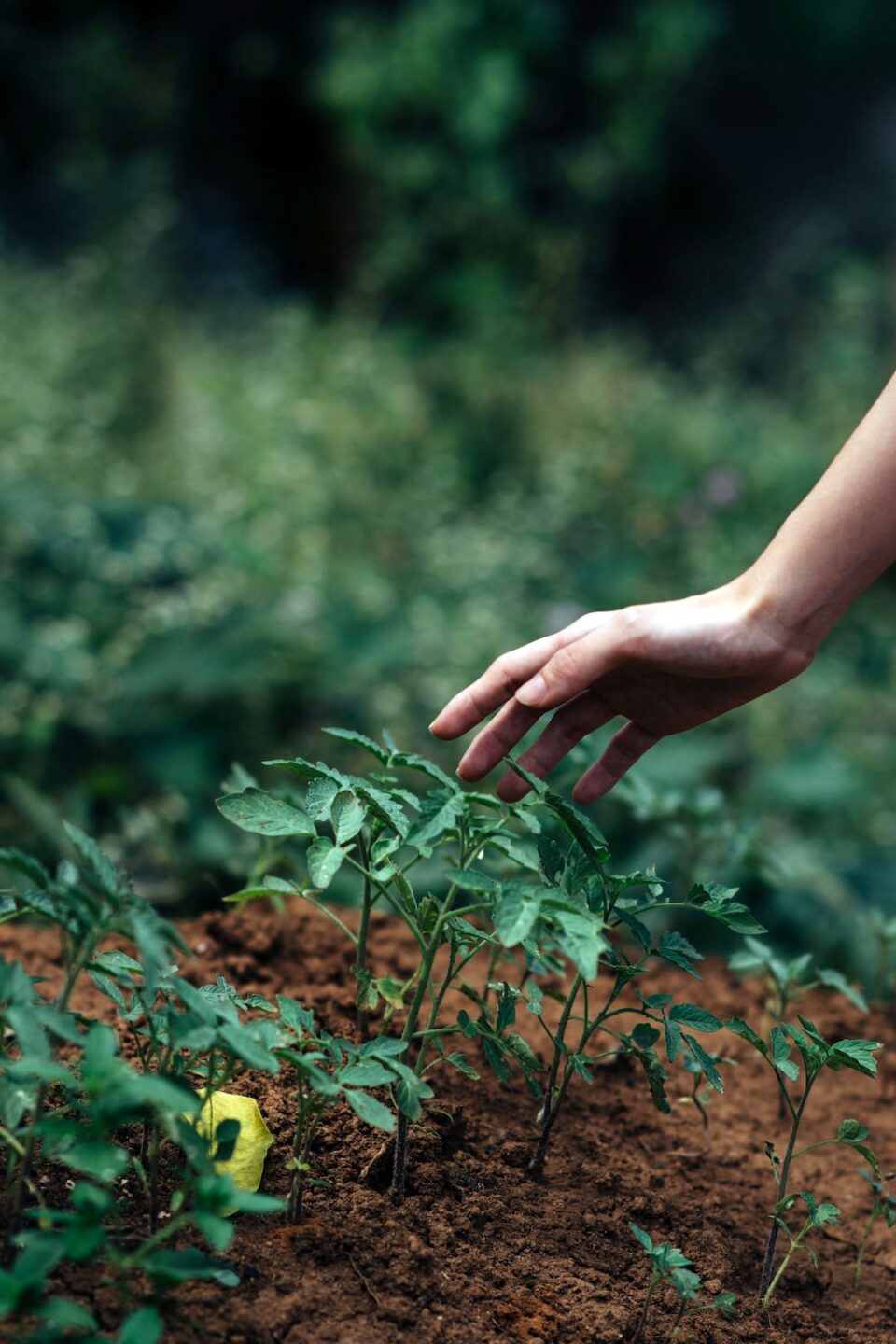Gardening with Kids: Fun and Educational Projects for Little Green Thumbs
Introducing kids to gardening can be a wonderful way to engage their senses, teach them about nature, and provide hands-on learning experiences. Not only does it help foster a love for the environment, but it also allows children to understand the importance of plants and their role in our lives. Here are some fun and educational gardening projects you can embark on with your little green thumbs.
1. Planting Seeds: This is a simple and classic gardening project that never fails to excite kids. Start by providing them with seed packets of their favorite flowers or vegetables. Show them how to prepare the potting soil in small containers or even egg cartons. Let them sow the seeds and then water them gently. This project introduces kids to the concept of germination and responsibility, as they need to care for their seeds until they sprout.
2. Raised Bed Garden: If you have a larger space, consider building a raised bed garden with your kids. Allow them to take part in designing the layout and selecting the plants. They can learn about spacing, soil preparation, and companion planting. Make sure to assign them specific tasks like watering, weeding, and monitoring the growth of plants. This project gives a sense of ownership and teaches them about teamwork and patience.
3. Sensory Garden: A sensory garden is an excellent way to engage children’s senses while teaching them about different plants and their characteristics. Create different zones for each sense, such as touch, smell, taste, sight, and sound. For touch, include plants with varying textures like lamb’s ear or prickly cactus. Fragrant herbs like lavender and mint can stimulate their sense of smell. Edible plants like strawberries and cherry tomatoes will enhance their taste buds. Bright-tinted flowers like marigolds and sunflowers will appeal to their sight. Finally, incorporate wind chimes or rustling plants to capture their sense of sound.
4. Composting: Teach your kids the significance of reducing waste and recycling by introducing them to composting. Have them collect vegetable scraps, coffee grounds, and yard waste. Explain the process of decomposition and its benefits to the soil. Together, build a compost pile or use a compost container. Allow them to turn the compost regularly and observe how it transforms into nutrient-rich soil. This project will instill in them a sense of responsibility towards the environment.
5. Flower pressing: This project combines gardening and arts and crafts. Encourage your kids to pick flowers from the garden or nearby park and press them between heavy books. After a few weeks, when the flowers are dried, they can be used for various art projects like making bookmarks, greeting cards, or framed artwork. It’s a great way to teach them about the fragility and beauty of flowers while unleashing their creativity.
6. Butterfly Garden: Create a space in your garden that attracts butterflies and teaches kids about their life cycle. Plant specific flowers like milkweed, butterfly bush, and zinnias that act as host plants for their caterpillars and provide nectar for adult butterflies. Observe and document the different stages of metamorphosis, from eggs to caterpillars to chrysalis, and finally, the emergence of butterflies. This project will not only educate kids about the magical transformation but also the significance of preserving these pollinators.
7. Herb Garden: Explore the world of herbs with your little ones by growing their own herb garden. Herbs like basil, parsley, mint, and sage are easy to grow and maintain. Teach them about the various uses of herbs in cooking and natural remedies. Encourage them to be curious and experiment with the different flavors and scents. This project will not only educate them about the benefits of herbs but also create a sense of accomplishment when they use them in their own dishes.
In conclusion, gardening with kids offers a multitude of benefits, including sensory engagement, environmental education, and hands-on learning. These fun and educational projects, from planting seeds to creating a butterfly garden, provide opportunities for children to connect with nature and foster a love for gardening that may last a lifetime. So grab your gardening tools and get ready for some fruitful adventures with your little green thumbs!

